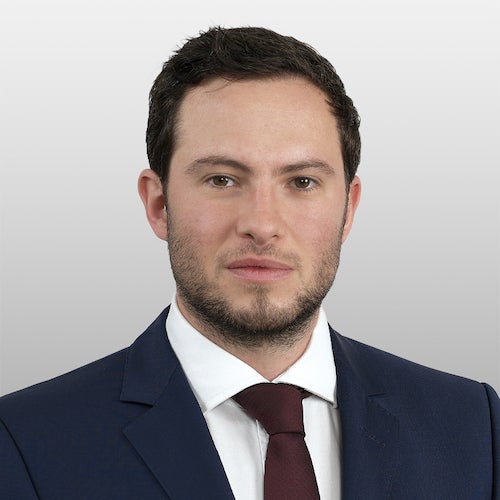
Global investment grade
Andy Byfield gives a snapshot of the global investment grade credit team’s views on the asset class.
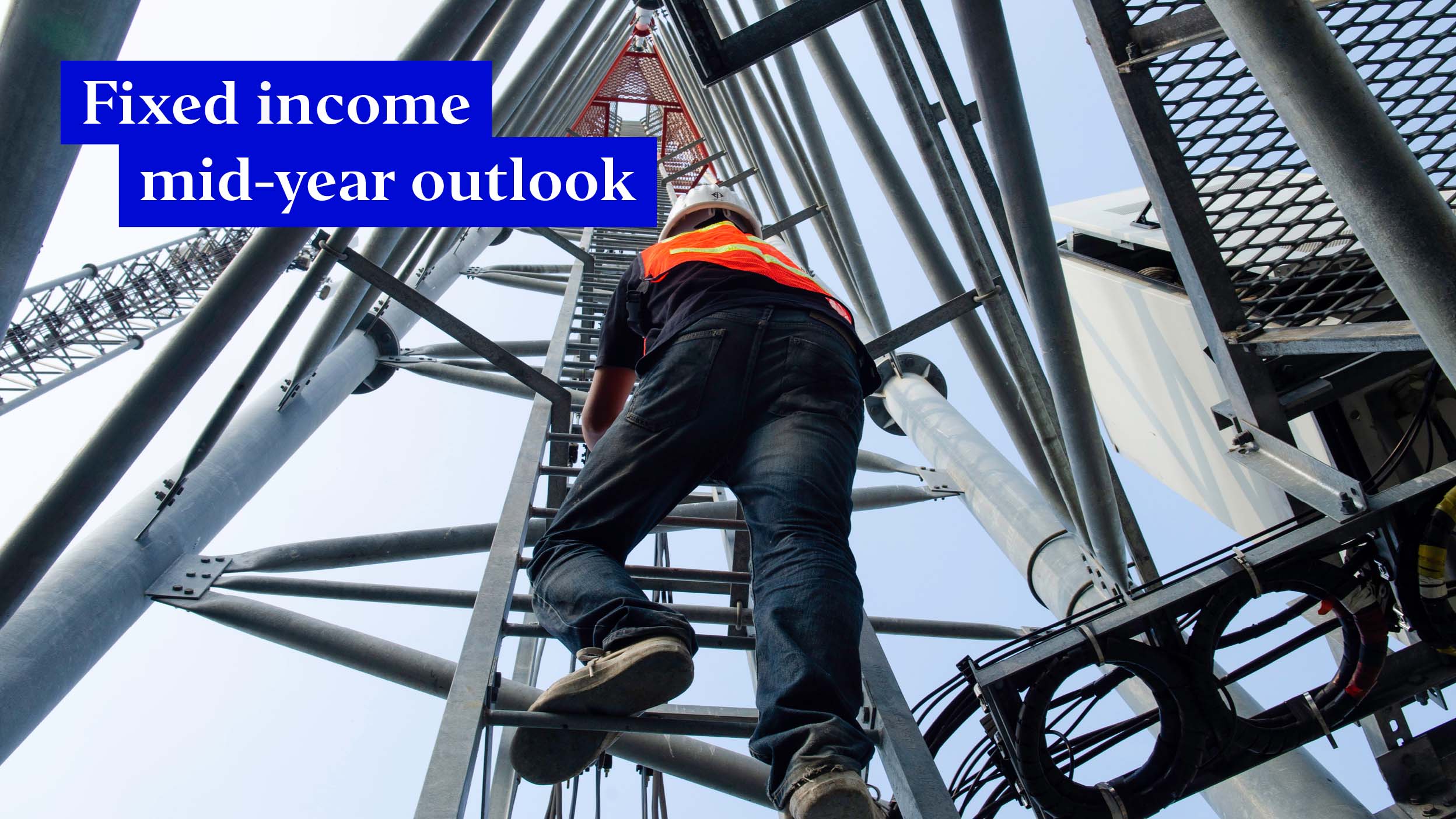
We are currently in the worst bear market for investment grade corporate bonds since the 1980s. There are sobering returns across markets with investment grade corporate bonds at -12% and high yield at -8%1 since January 2022.
Against a backdrop of war, inflation and rate hikes, our fixed income experts comment on 2022 so far and share their outlook for the year ahead.
Read on for views from the global investment grade credit team, the Henley fixed interest team, and the emerging market local debt team.

Global investment grade
Andy Byfield gives a snapshot of the global investment grade credit team’s views on the asset class.
Some of the challenges for fixed income markets this year are caused by global central bank responses to a high inflation, low growth environment. This has resulted in weakness for equity and bond indices, while heightening the risk of stagflation.
Meanwhile, US dollar strength and the uncertainty created by Russia’s invasion of Ukraine have exacerbated ongoing stagflation risks. This environment has also led to increased volatility and a sharp tightening of liquidity conditions.
With the Federal Reserve only just beginning to tighten monetary policy, inflation expectations rising and bond fund outflows continuing, there’s evidence to suggest this bond bear cycle could deepen further.
This is particularly true given concerns around:
These are three key inflation factors that we are watching closely as we try to establish when bond markets will turn. We believe that this stagflation backdrop (high inflation and moderate growth) will lead to a stagnation environment (low inflation and low growth) rather than a reflation scenario (high inflation and high growth).
We believe the current stagflation scenario means the high inflation will result in slowing growth with tightening financial conditions. This suggests we are entering the late stages of the economic cycle, which typically sees government and investment grade corporate bonds outperforming riskier asset classes such as equities.
We feel a recession is unlikely, but it could materialise if central banks overtighten or tighten monetary policy too quickly.
It has been a difficult period for bond holders, and uncertainty remains elevated. However, we are now more optimistic about the medium to longer term value in the asset class given the significant yield improvement across investment grade credit markets globally.
The index2 yield of the global investment grade credit market is now close to 4% (US dollar terms), which is higher than the peak yield of the covid shock in March 20202. The last time we saw such high levels of yield was during the 2011 European sovereign debt crisis, when fragmentation concerns coincided with the first ever credit rating downgrade in the US. As such, we believe yield levels are very attractive, particularly from an income perspective.
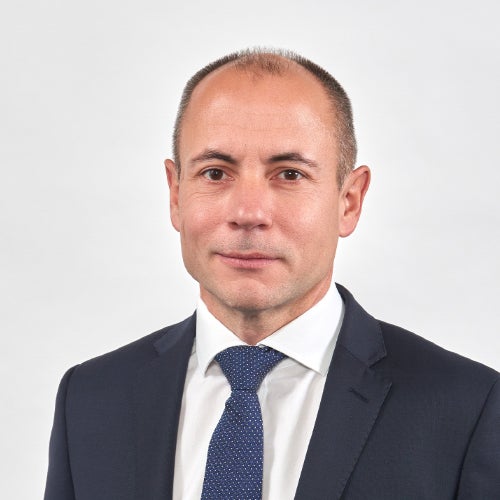
Henley fixed interest
Stuart Edwards, fund manager for the Henley fixed interest team, shares his thoughts.
We commenced the year positioned defensively, both in duration and credit, as we believed inflationary pressure could lead to a significant uptick in yields. This mirrored our 2022 outlook which identified the prospect of a much sharper upward move in yields – one which could easily unsettle credit and equity markets.
So far, 2022 has seen an aggressive repricing of interest rate expectations as central banks have recognised that inflation risks are more than transitory.
The pre-existing supply chain pressures have been exacerbated by the Russian invasion of Ukraine, leading to soaring energy and food prices. In turn, inflation pressures have broadened and expectations for high inflation have fed into forward looking survey data and wages.
Most of the repricing in bond markets has been duration led with, to a lesser degree, some spread widening on top. Yields have adjusted aggressively to the new reality.
The greater interest rate sensitivity of the short end of the curve means there has been a significant flattening. For example, US two-year Treasury yields have increased from 0.73% to 2.62% and 10-year from 1.51% to 2.83% this year3.
Source: Macrobond, as of 19 May 2022
While US Treasuries initially received perceived safe-haven flows around the time of the Ukraine crisis, it proved very short-lived. The economic consequences and repercussions for inflation and interest rate policy trumped the safe-haven flows.
This sell-off also marks a recognition that, given the deteriorating trade-off between inflation and growth, the notion that central banks will come riding to the rescue has significantly diminished. The so-called ‘Fed put’ is no more.
The new reality means an end to quantitative easing for the foreseeable future and the start of quantitative tightening in many jurisdictions. Consequently, private investors may need to absorb more of the net supply in government bonds and credit markets.
The equilibrium ‘clearing level’ for bond yields – absent the influence of central banks – will therefore be higher. This is ultimately a healthy development for fixed income markets once that journey has been completed. It means that returns on offer could be more commensurate with the underlying credit risks, without the distortions we have seen from the unconventional policies of the last decade.
The market is trying to reconcile the twin risks of lingering inflation and downside growth risks that appear to be materialising, partly due to the rise in the cost of living. For now, employment levels are high, and economies are still benefitting from the ‘opening up’ post covid.
The increase in macro uncertainty and market volatility means that there should be more risk premium embedded in all markets, not just fixed income. We are seeing signs of this already.
In bond markets, we expect to see more divergence of returns between those parts of the market that have repriced and those that have not yet done so. However, corporate balance sheets are healthy and in our view, default risk should remain contained in the short term.
Going forward, much of the initial phase of the adjustment in central bank interest rate expectations is likely ‘baked in the cake’, meaning there should be more balance in fixed income markets at these levels. We believe that with yields at more attractive levels, the asset class is offering better opportunities than at the turn of the year.

Emerging market local debt
Gerry Evelyn, Client Portfolio Manager for the emerging market local debt team, shares his thoughts.
If you’ve been with us for a while, you’ll know that we’re seasoned travellers on the emerging market local debt team. Each month, we drop you – our readers – off at a different spot on our world tour. We highlight a particular country market and, over a pastel de choclo in the heart of Santiago or on the cobblestone streets of Prague’s oldtown, we share our views.
Today, we discuss our outlook for the next six months. It’s a whistle-stop tour covering not one but four different regions. A good tour guide always sends an itinerary before travel, and you’re not on the budget pass. Treat this as your outline of things to look out for in H2. It’s a full agenda. We hope you’ve packed comfortable shoes.
The opportunity set over the next few years is unlike any we have seen for decades. So what is the key takeaway for investors for the remainder of 2022? In our view, it’s to identify countries experiencing inflation turning points.
These turning points will likely differ by region and country. In Latin America, it may be a deceleration in inflation, particularly food inflation, while in Central and Eastern Europe it could be a peak in wage inflation that prompts market participants to deploy risk.
While divergent dynamics could lead to volatility in returns over the next few months, we believe the current environment also offers opportunities. These will likely evolve because of dispersion in policy action.
Originally, we thought that global inflationary pressures would subside by the second quarter. This view is unlikely to materialise.
War in Ukraine, labour constraints in most developed countries, China’s zero COVID policy, and the resultant supply chain disruption – all of these factors have had a bearing.
A more likely outcome is normalisation in late 2022, if not early 2023. This is likely to require further rate tightening beyond pre-pandemic levels in most emerging markets.
The benefits of high commodity prices combined with the region’s relatively advanced stage of rate hiking could be a catalyst for renewed investment interest in Latin America.
However, as inflation may stay elevated and fiscal policy tight, a key question remains. When will valuations begin to outweigh the growth concerns resulting from restrictive policies?
In Asia, inflation data has been higher than the market expected. As such, we could see a far more aggressive rate hiking cycle than envisaged just a few months ago. Furthermore, most central banks in the region will be forced to start hiking earlier or to reconsider a higher terminal policy rate.
While the market has begun to reprice this anticipated policy cycle, we believe the cycle in Asia will be more muted than that in Central and Eastern Europe and Latin America.
As such, the opportunity set will likely be determined by:
Countries which face delayed re-openings and rising imported commodity costs will be more vulnerable than those that have transitioned to an economy where growth is driven by services.
Uncertainty remains high in the region, given its proximity to the war in Ukraine.
We continue to see upside inflation surprises there and increasing concerns that second round effects could make it harder to get inflation expectations back to central bank targets.
Additionally, governments are attempting to limit the impact of inflation by subsidising rising energy costs, leaving fiscal policy loose.
To date, the impact of inflation has been muted in South Africa. The output gap remains significant and service inflation – a large part of the consumer price basket – has been manageable. However, we will be monitoring the impact of the April floods on economic data in the coming quarter.
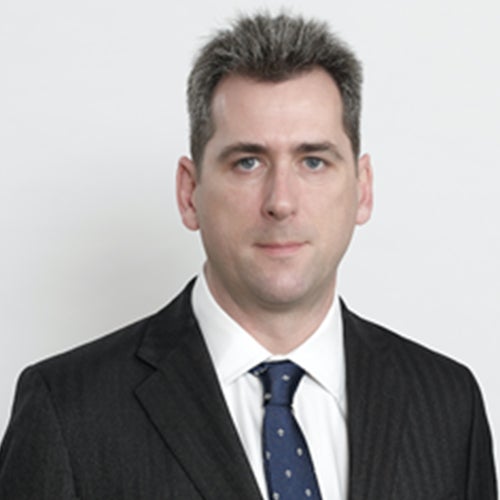
Fixed income exchange-traded funds
But with challenging economic conditions at play, Paul Syms, Head of EMEA ETF Fixed Income Product Management, shares his view.
Investors have been using fixed income ETFs increasingly since the March 2020 liquidity event, when many underlying bond markets became difficult to access directly but ETFs continued to trade, albeit clearly at wider spreads. Conditions have improved and, if anything, fixed income markets are becoming more interesting.
Fixed income ETFs have gathered more than $11 billion of net new assets in the first four months of the year, down somewhat from last year’s pace but this is largely attributable to around $2.5 billion4 being withdrawn from China bond funds so far this year. Investors have favoured US Treasuries and other developed market government bond exposures, partly in response to the risk-off environment due to equity market volatility and global turmoil.
The big question for the rest of the year is what impact Fed tightening will have on the delicate balance between inflation and growth. If too aggressive, it could lead to recession or, worse yet, stagflation. Perhaps a more moderated approach will achieve the desired outcome.
We would expect many investors to maintain exposure to Treasuries, adjusting duration according to their views on interest rates. An ETF focusing on the shorter end, such as 1-3 years, might be preferred by someone fearing aggressive rate hikes whereas anyone believing the market is overestimating future rates might be inclined to invest further out the maturity curve.
If (and when) economic conditions improve, we would expect more investors to increase credit risk through investment-grade or even high yield if they have more risk appetite. In fact, we are beginning to see signs that some investors are already positioning their portfolios ahead of this.
While it still might be too early for other investors, we would expect to see – at some point in the year – increased allocation to areas of the fixed income market that offer higher yields and potential to diversify portfolios. This may include assets such as AT1 capital bonds, preferred shares or, as an alternative to traditional government bonds, ETFs investing in municipal bonds.

While COVID-19’s remarkable effects on economies and policies remain top of mind, a new set of uncertainties has entered the picture.
14 June 2022
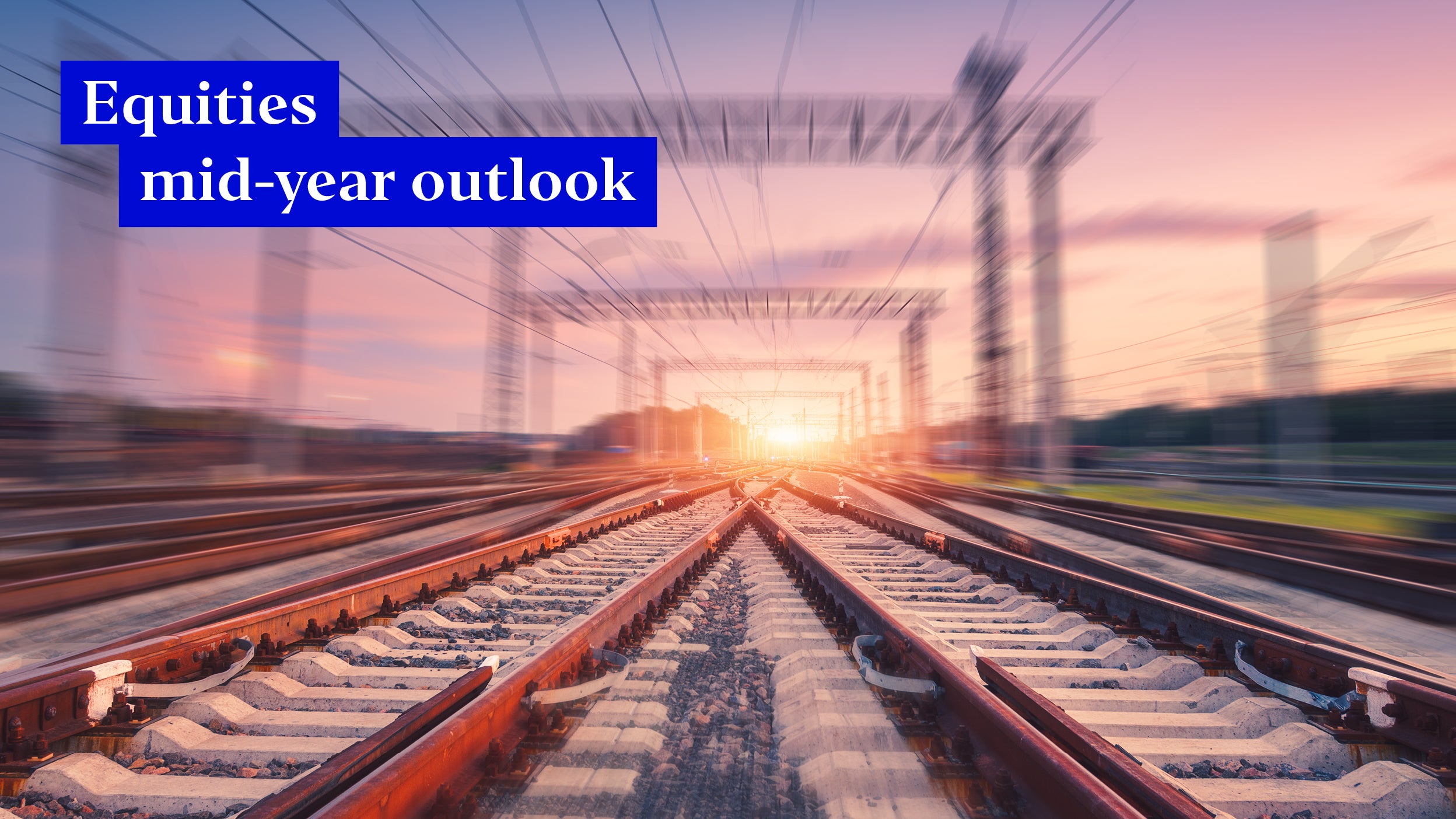
War, energy shocks and ‘apocalyptic’ inflation – things have escalated a lot since year-end. But what impact have these crises had on equity markets, and did our views materialise? We share our thoughts.
14 June 2022
1 BAML indices – Global Corps and High Yield, 30 April 2022
2 Bloomberg Global Agg – Corps (USD hedged), Bloomberg, 30 April 2022
3 Macrobond, as of 19 May 2022
4 Invesco and Bloomberg, Europe-domiciled ETPs, year to 29 April 2022.
The value of investments and any income will fluctuate (this may partly be the result of exchange rate fluctuations) and investors may not get back the full amount invested.
All data is provided as at the dates shown, sourced from Invesco unless otherwise stated.
This document is marketing material and is not intended as a recommendation to invest in any particular asset class, security or strategy. Regulatory requirements that require impartiality of investment/investment strategy recommendations are therefore not applicable nor are any prohibitions to trade before publication. The information provided is for illustrative purposes only, it should not be relied upon as recommendations to buy or sell securities.
Where individuals or the business have expressed opinions, they are based on current market conditions, they may differ from those of other investment professionals, they are subject to change without notice and are not to be construed as investment advice.